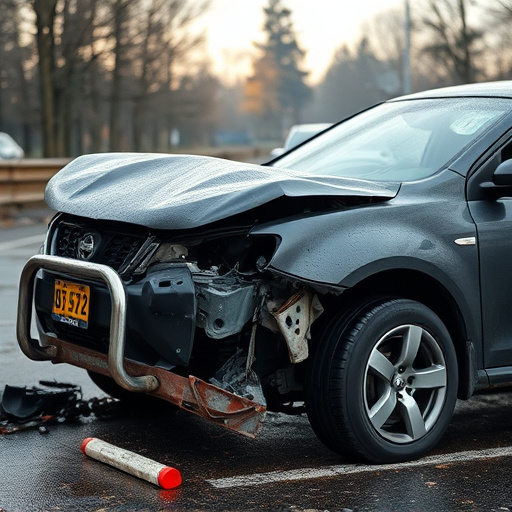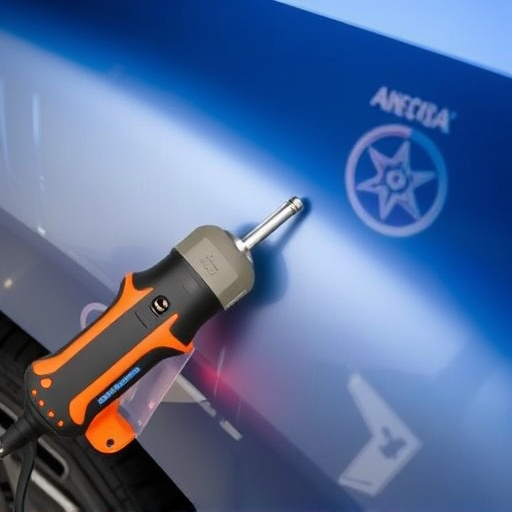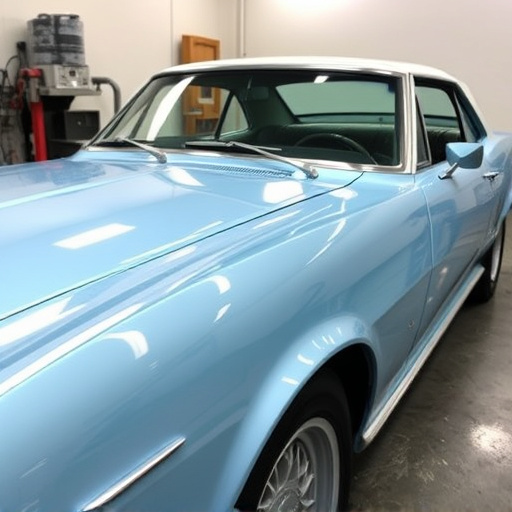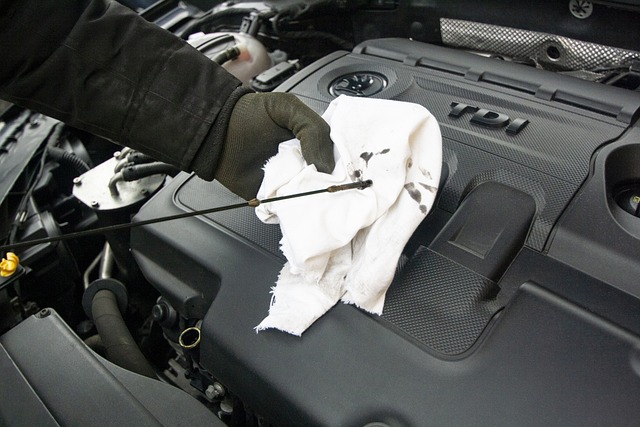Paint repair warranties protect homeowners and businesses from defects in painting for a set period, excluding claims due to extreme weather or improper maintenance. While most aren't transferable upon property sale, some contractors offer add-on transferable warranties. Understanding the transferability of these warranties is crucial when selling or purchasing vehicles, with local laws dictating rights and responsibilities. For classic cars, clear communication, proper documentation, and detailed records are essential for successful transfers, enhancing satisfaction and reputation.
Looking to sell your home with a peace of mind regarding its paint repairs? Discover if these warranties are transferable to new owners. This guide explores the intricacies of paint repair warranties, shedding light on coverage, terms, and transferability. Learn about the rights and responsibilities of sellers and buyers, along with best practices for seamless transfers. Understanding these aspects ensures a smooth process, providing both protection and clarity in your real estate transactions.
- Understanding Paint Repair Warranties: Coverage and Terms
- Transferability: Rights and Responsibilities of Sellers and Buyers
- Best Practices for Ensuring Smooth Transfers of Paint Repair Warranties
Understanding Paint Repair Warranties: Coverage and Terms
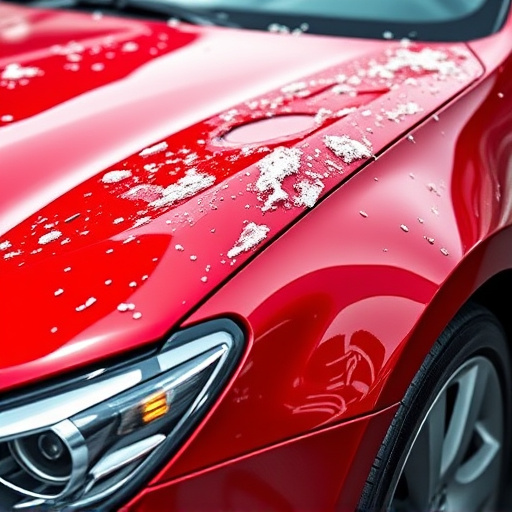
Paint repair warranties are designed to protect homeowners or business owners from potential issues arising from paint repairs. These warranties typically cover a set period, during which the original repairer will rectify any defects in the work, such as peeling, cracking, or fading. The coverage may also extend to the replacement of damaged areas if necessary. It’s crucial to understand the terms and conditions of these warranties, including what is considered a valid claim and any exclusions. For instance, most paint repair warranties do not cover issues caused by extreme weather conditions, improper maintenance, or third-party damage, similar to how auto glass repair warranties have specific limitations.
When it comes to transferability, many paint repair warranties are non-transferable. This means that if you sell your property, the warranty typically remains with the original owner and does not automatically transfer to the new buyer. However, some companies or contractors may offer a transferable warranty as an add-on service for an additional fee. Transferable warranties can be beneficial for homeowners who plan to sell their homes in the near future, ensuring that the buyer is also protected by the original repair guarantee. This is particularly relevant when considering automotive repairs, where a vehicle’s paint job might require specialized auto body repairs to fix dents or scratches.
Transferability: Rights and Responsibilities of Sellers and Buyers

When selling a property, especially if it involves a vehicle like a car, understanding the transferability of warranties is crucial. In the context of a paint repair warranty, the rights and responsibilities between seller and buyer can vary depending on local laws and the specific terms of the original warranty. Typically, a paint repair warranty is designed to cover the cost of fixing or replacing damaged paint for a certain period after the repair is done.
If you’re selling a vehicle that has undergone paint repair under warranty, it’s essential to communicate openly with the buyer about the warranty’s transferability. Some warranties might automatically transfer to new owners, while others may require specific actions from both parties. Similarly, when purchasing a vehicle with an existing paint repair warranty, clarify your rights and obligations as the new owner. This transparency ensures smooth transitions and minimizes potential disputes regarding auto maintenance and collision repairs, especially in cases of car collisions.
Best Practices for Ensuring Smooth Transfers of Paint Repair Warranties

When transferring a paint repair warranty to new owners, especially in the context of classic car restoration, clear communication and proper documentation are key. The process involves several best practices that ensure a smooth transition for both parties. Firstly, maintain detailed records of all repairs, including dates, methods used, and materials applied. This provides transparency and acts as a reference point should any future issues arise. Additionally, create a comprehensive warranty transfer agreement that outlines the terms and conditions, including limitations and exclusions.
Engaging with reputable vehicle repair services known for their quality dent removal and paint restoration can instill confidence in new owners. They can request and verify the original warranty documentation from the previous owner or service provider, ensuring they understand the coverage scope. Regular follow-ups to confirm satisfaction and address any concerns after the transfer are also beneficial. These steps contribute to a positive experience, enhancing the reputation of both the seller and the services provided.
When it comes to transferring a paint repair warranty to new homeowners, understanding the terms and best practices is key. While not always explicit, many paint repair warranties can be transferred, ensuring ongoing protection for the property’s aesthetic value. Sellers should clearly communicate this benefit to potential buyers, outlining the process and any associated responsibilities. By following these guidelines, both parties can navigate the transfer smoothly, fostering trust and ensuring the new owners enjoy the same level of coverage as the previous occupants.
